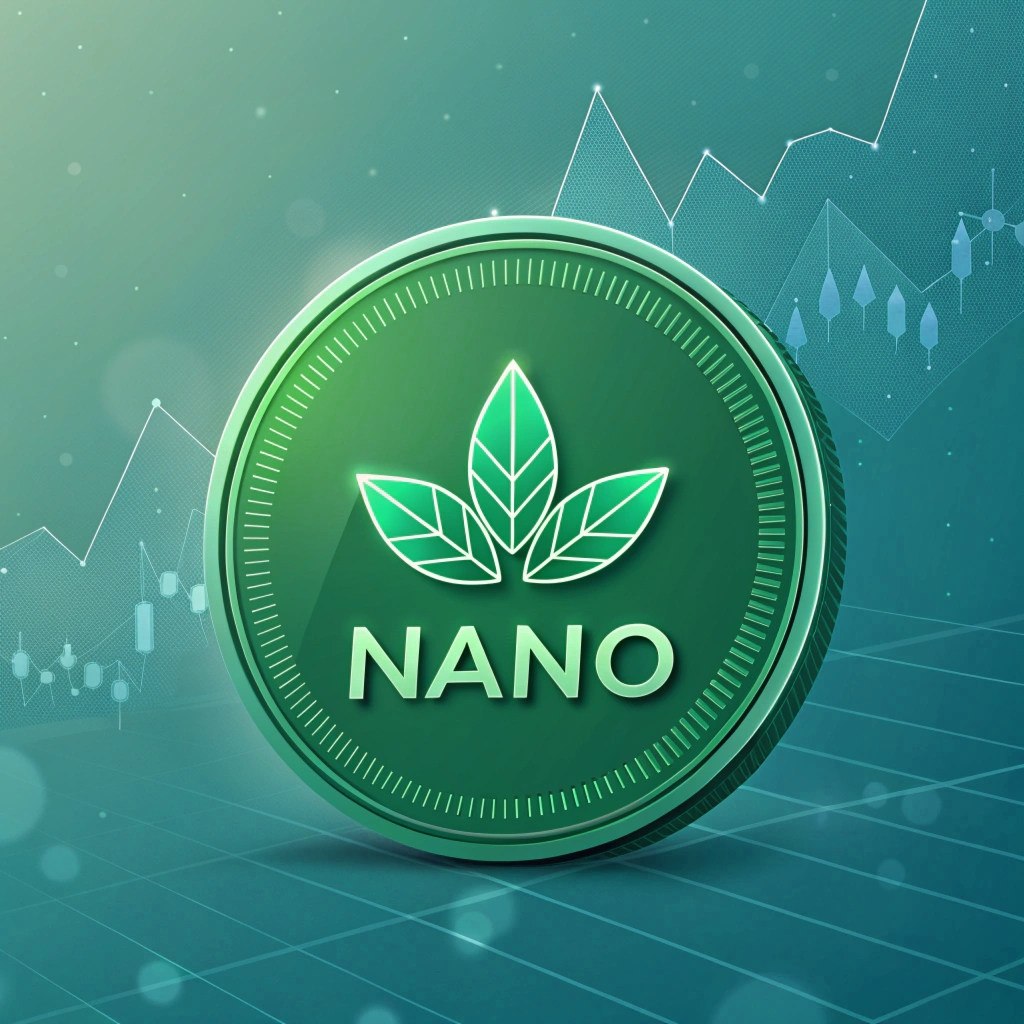Eco-friendly cryptocurrencies represent a transformative approach in the crypto sphere, focusing on sustainability and energy efficiency. Many cryptocurrencies are now exploring green alternatives to traditional cryptocurrencies such as bitcoin, which are often criticized for their massive energy consumption. The best eco-friendly cryptocurrency projects prioritize reducing energy consumption through innovative mechanisms like low energy consumption mining processes. By investing in green crypto projects, users can discover how green cryptocurrencies are developing to create a more sustainable crypto future. This includes leveraging carbon credit systems and promoting green energy initiatives to ensure that crypto transactions require significantly less energy.
As we look towards the future of green finance, it is essential to consider the pros and cons of green cryptos, understanding how they can contribute to a more sustainable financial ecosystem while addressing the high energy consumption associated with traditional crypto mining. Platforms like NOWPayments play a crucial role in accelerating the adoption of green crypto solutions by enabling secure, low-energy transactions. By leveraging innovative green blockchain technologies, NOWPayments ensures that cryptocurrency payments require far less energy than traditional mining-based methods, making them a responsible and environmentally friendly alternative for users and businesses alike.
As blockchain evolves, 2025 spotlights a critical shift where sustainability meets decentralization, energy efficiency, and inclusive finance. This article explores five green cryptocurrencies leading the transition:
1. Algorand (ALGO)
2. Cardano (ADA)
3. Solana (SOL)
4. Hedera Hashgraph (HBAR)
5. Nano (NANO)
Algorand (ALGO)
In the evolving landscape of digital finance, Algorand stands out as a pioneer in the realm of eco-friendly cryptocurrencies. Utilizing a unique Pure Proof-of-Stake (PPoS) consensus mechanism, Algorand eliminates the high energy consumption typically associated with traditional cryptocurrencies such as Bitcoin, opting instead for a mining process that consumes significantly less energy.
This approach not only enhances energy efficiency but also supports the creation of green cryptocurrencies that are digital assets designed to minimize their carbon footprint. By offering fast transaction speeds and low fees, Algorand facilitates green crypto solutions that contribute to sustainable crypto mining and environmentally friendly initiatives. As one of the top eco-friendly cryptocurrencies, it actively offsets more carbon emissions than it produces, paving the way for a sustainable future in the crypto industry.

Cardano (ADA)
Cardano is a leading example of eco-friendly cryptocurrencies, utilizing an extensively vetted Proof of Stake protocol called Ouroboros, which is recognized for its energy-efficient design. This innovative approach significantly reduces the amount of energy required compared to traditional cryptocurrency mining methods, making it a sustainable cryptocurrency option.
As one of the top green cryptocurrencies, Cardano not only supports green solutions but also addresses the high energy consumption due to the crypto mining process associated with many popular cryptocurrencies. By promoting scalability and decentralization within the digital currencies landscape, Cardano exemplifies how green crypto mining can transform the future of crypto assets while minimizing electricity consumption and maximizing the potential for eco-friendly crypto solutions.

Solana (SOL)
Solana represents a remarkable advancement in the realm of eco-friendly cryptocurrencies, utilizing a consensus mechanism that merges Proof of History (PoH) with Proof of Stake. This innovative approach allows Solana to achieve energy efficiency and significantly reduce energy consumption while maintaining high transaction speeds. As a result, it positions itself as one of the best eco-friendly cryptocurrencies available, focusing on creating a sustainable future for crypto transactions.
Solana’s commitment to carbon neutrality through various green crypto solutions and support for environmentally friendly practices illustrates how green cryptocurrencies are evolving to meet the demands of a more sustainable crypto landscape. With a growing ecosystem that champions renewable energy sources and reduces the carbon footprint of crypto mining, Solana is paving the way for digital currencies that prioritize sustainability and environmentally friendly alternatives.

Hedera Hashgraph (HBAR)
In the realm of eco-friendly cryptocurrencies, Hedera Hashgraph stands out as a prime example of energy efficient technology. This cryptocurrency eco-friendly approach not only enhances space and time efficiency by achieving up to 10,000 transactions per second, but it also ensures that crypto coins maintain a low carbon footprint.
By being carbon-negative, Hedera contributes to the growing number of green cryptocurrencies that are digital solutions aimed at fostering sustainability. Many green cryptocurrency payment gateways now leverage such technologies to promote environmentally conscious transactions, showcasing how cryptocurrencies use innovative methods to support a greener future.

Nano (NANO)
Nano operates on a block-lattice structure where each account maintains its own blockchain, enabling instantaneous, fee-free transactions without mining. Its Open Representative Voting (ORV) consensus mechanism secures the network with minimal energy use, often compared to the energy consumption of sending an email. This makes Nano one of the greenest cryptocurrencies available, positioning it as a prime choice for eco-friendly cryptocurrency enthusiasts and highlighting its potential as a sustainable option in the realm of green cryptocurrency payment gateways.
These cryptocurrencies are not only energy-efficient but also foundational to a broader movement toward sustainable digital finance. One key area where their impact is growing is in green cryptocurrency payment gateways—innovative platforms that facilitate crypto transactions with minimal environmental impact.

Why Sustainable Crypto Matters for the Future of Finance
In the evolving crypto landscape, green cryptocurrencies and sustainable crypto projects are gaining traction, emphasizing the importance of the mining process that utilizes significantly less energy compared to traditional cryptocurrencies such as Bitcoin. With the rise of eco-friendly blockchain technologies, the creation of green coins is becoming a viable alternative for environmentally conscious investors.
Many cryptocurrencies are now focusing on reducing energy consumption and electricity requirements through innovative solutions such as green crypto mining that harness renewable energy sources. Platforms like NOWPayments facilitate secure, paperless transactions using green coins, effectively reducing the environmental impact of digital payments. These gateways leverage green blockchain technology that significantly lowers energy consumption compared to traditional cryptocurrencies, assisting users and businesses in minimizing their carbon footprints while transacting globally.

